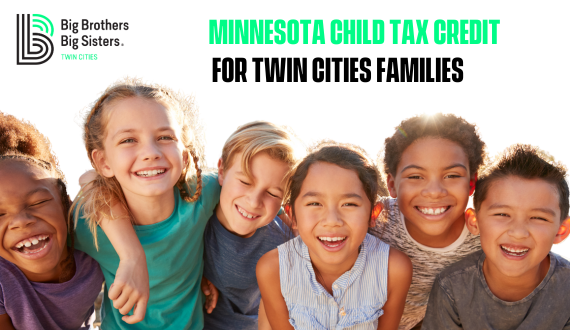Minnesota Expands Child Tax Credit to Combat Poverty
Innovative Measures Introduced to Support Financial Stability
According to MARCA, Minnesota families are poised to benefit from an expanded child tax credit program aimed at addressing child poverty. Recently approved by state legislators this initiative offers up to $1,750 per child to families with low to moderate incomes. In 2023 about 210,000 families took advantage of this support receiving an average payment of $2,500 per household. These payments have been crucial in bolstering financial stability across Minnesota helping families cover essential expenses. This year Governor Tim Walz’s administration has strengthened the program with “safe harbor” protections, ensuring more families can qualify and introduced an advance payment system. This system allows families to receive a portion of the credit before tax season which is expected to ease financial pressures and ensure bills are paid on time.
READ ALSO: 10-Day Ohio Sales Tax Holiday: $500 Or Less On Tax-Free Purchases From July 30 To August 8

$1,750 Child Tax Credit: 210,000 Minnesota Families to Benefit from Expanded Support! (PHOTO: Big Brothers Big Sisters Twin Cities)
Advancing Financial Relief: Minnesota’s Progressive Approach to Child Tax Credits
To qualify for the full $1,750 credit income thresholds are set: single filers must earn below $29,500 annually while married couples filing jointly can earn up to $35,000. The credit gradually phases out as income increases with the maximum limit set at $52,495 for families with one child adjusted higher for larger families. Looking ahead starting next year eligible families will have the option to receive 50% of their total credit in advance payments. This proactive measure is designed to provide ongoing financial relief throughout the year aligning payments with families’ immediate needs and potentially reducing financial stress.
This initiative echoes federal efforts seen during the pandemic illustrating Minnesota’s commitment to supporting its residents through targeted economic assistance. Beyond alleviating immediate financial burdens the program underscores the state’s dedication to promoting economic stability and equity. As Minnesota prepares to implement these advanced payments families are eagerly anticipating the positive impact on their financial situations. With hopes for smoother financial management and increased household resilience these measures aim to uplift families and enhance their overall well-being in the months ahead.
READ ALSO: $2.3 Million In Guaranteed Basic Income Programs Launched In California, Pioneering Efforts To Combat Poverty And Inequality

















































